- THE DIGITAL REVOLUTION
- MOBILE AD SPEND
- USING AI ALGORITHMS
- BRANDS AND FAKE NEWS
- 100-YEAR-OLD START UP
- WORLD OF ADVERTISING
- THE FATE OF PRINT
- CHALLENGES OF DIGITIZATION
- SMART COMMUNICATION
- E-COMMERCE
Måns Tesch
Chief Strategy Officer APAC, Grey Group Pte Ltd
We will hopefully look back on 2018 as the year when the marketing industry caught up with the real world. The digital revolution has had a radical impact on how we live our lives for over 20 years now, and Singaporeans spend almost all their waking hours using digital devices. The marketing industry needs to mirror that behavior to stand a chance of engaging people.
Some say Amazon will make brands obsolete by taking control of the entire shopping process and offer a personalized experience that saves time on shopping like never before. If you’re in the camp that still believes brands have a future and that they can offer something of value to people, now is the time to get busy exploring new strands of creativity.
Powerful ideas can come in any shape or form, and we have only scratched the surface of what can happen when we use our creativity to infuse new meaning into the constantly evolving world of technology. If you’re one of the lucky few who knew me 20 years ago, you’d tell me I still sound like a broken record. I’m sorry mate, that expression is hopelessly outdated. Wake up, it’s 2018!
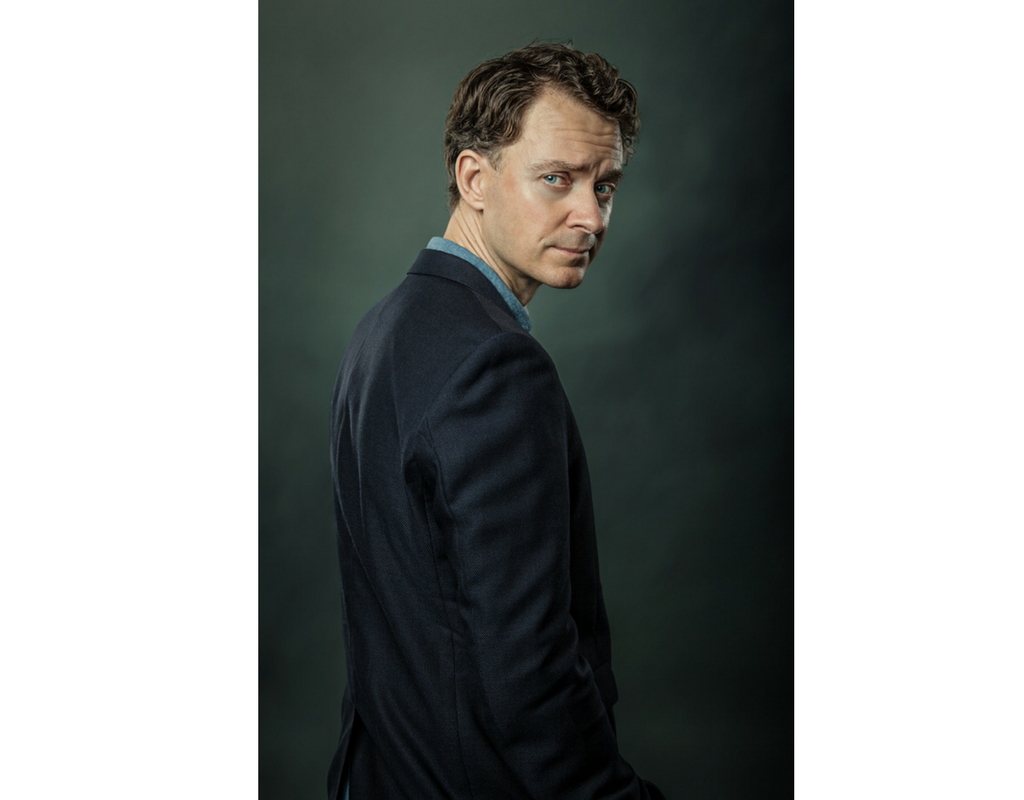
- THE DIGITAL REVOLUTION
- MOBILE AD SPEND
- USING AI ALGORITHMS
- BRANDS AND FAKE NEWS
- 100-YEAR-OLD START UP
- WORLD OF ADVERTISING
- THE FATE OF PRINT
- CHALLENGES OF DIGITIZATION
- SMART COMMUNICATION
- E-COMMERCE
Mobile Ad Spend
Ronen Mense
Vice President, Asia, AppsFlyer
We expect to see an industry-wide increase in mobile ad spending in 2018. eMarketer reported that mobile ad spending in Southeast Asia will increase to $1.37 billion in 2018, in-line with the consistent uptick of mobile ad spend in Southeast Asia as more users come online in massive mobile-first/mobile-only economies such as Indonesia.
Mobile ad fraud is swiftly evolving, with new trends constantly emerging in the industry. They include click flooding, malware-based clicks, install hijacking, and Device ID Reset Fraud. This particular fraud has wide-ranging implications as it hits both Android and iOS marketers, and is prominent across all mobile app categories. We expect to see an uptake of anti-fraud measures in 2018.
The Asia-Pacific (APAC) market, especially, has been growing in a very consistent fashion, with ad spend in this region expected to rise by US$30 billion between 2016 and 2019, with key countries of focus being China and India. As with many other verticals, we expect this region to see significant investments and growth in the martech and adtech industry.

- THE DIGITAL REVOLUTION
- MOBILE AD SPEND
- USING AI ALGORITHMS
- BRANDS AND FAKE NEWS
- 100-YEAR-OLD START UP
- WORLD OF ADVERTISING
- THE FATE OF PRINT
- CHALLENGES OF DIGITIZATION
- SMART COMMUNICATION
- E-COMMERCE
Using AI Algorithms
Tim Cheng
Chief Creative Officer, Grey Group Pte Ltd
I’ve just returned from a business trip to Shanghai. While it was overall a successful trip, the highlight for me was collecting 15 packages purchased on the T-Mall Singles Day sales, the annual online shopping event, in which Alibaba group broke its previous record and achieved $25.3 billion sales in 24 hours.
One of the most important contributing factors to this success was digital adverting, which was not handled by any agencies or marketing teams, they were created entirely by their AI-platform. Over 400 million targeted banner ads were served during this event, and over 60 billion bespoke landing pages were created, all without a human touch. Headlines were generated dynamically based on personal shopping behavior; images on the ads were selected based on deep learning of the user’s profile.
Is this the future? Using AI algorithms and feeding it with big data on consumer’s shopping behavior, credit history, demographics, social networks, locational information, and many other digital footprints that we leave behind everyday, results in ads that are so precise and predictive that it’s almost like they know what we want before we do. Every ad was individually customized to compel a person into pressing the buy button immediately. I should know. I pressed 15 times.
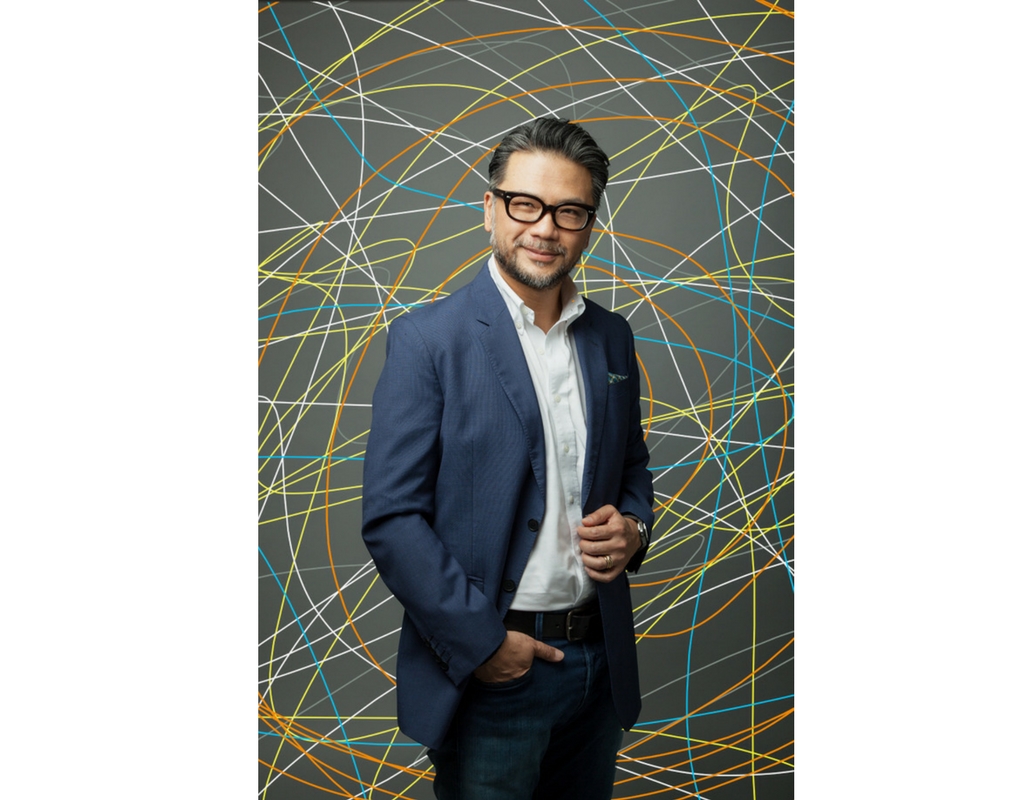
- THE DIGITAL REVOLUTION
- MOBILE AD SPEND
- USING AI ALGORITHMS
- BRANDS AND FAKE NEWS
- 100-YEAR-OLD START UP
- WORLD OF ADVERTISING
- THE FATE OF PRINT
- CHALLENGES OF DIGITIZATION
- SMART COMMUNICATION
- E-COMMERCE
Brands and Fake News
Neil Cotton
Chief Strategy Officer Singapore, Grey Group Pte Ltd
Today’s world of fake news is not entirely new – we’ve had supermarket tabloids for decades telling us that Martians have taken over the Whitehouse. However, this new ‘fake news’ is different because it’s smart, hard to spot, integrated into our newest and most important news source – social media.
I predict four things as it relates to brands and fake news.
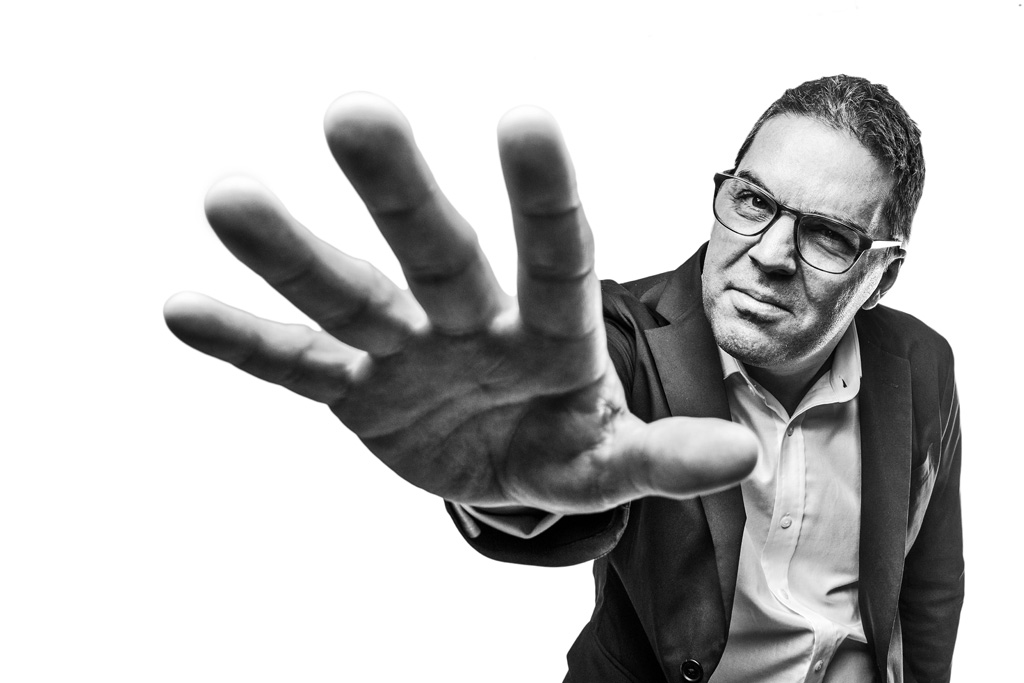
- THE DIGITAL REVOLUTION
- MOBILE AD SPEND
- USING AI ALGORITHMS
- BRANDS AND FAKE NEWS
- 100-YEAR-OLD START UP
- WORLD OF ADVERTISING
- THE FATE OF PRINT
- CHALLENGES OF DIGITIZATION
- SMART COMMUNICATION
- E-COMMERCE
100-Year-Old Start Up
Nirvik Singh
Chairman & CEO, Asia Pacific, Middle East & Africa, Grey Group
Going digital is on the top of every company’s agenda and it’s almost a given in the world of communications. On a more granular level, AI, personalized content marketing and shopper marketing are expected to flourish while interactive advertising with VR & AR is likely to become a more readily available experience.
Tech innovation such as robotics and big data will continue to play a role in many industries including communications, healthcare, banking and the automobile industries.
Shopper marketing, which is an area of notable interest, will see significant behavioral changes in the way people shop. Increased automation (think Amazon Go) combined with examples such as the roll-out of unmanned convenience stores across China (an alliance between Ali Baba, Ruentex & Auchan groups) means less human interaction and a marked increase in payment using mobile apps such as WeChat Pay and Alipay.
The automotive industry is undergoing one of the most visible transformations that will be even more apparent in 2018. Electric vehicles and hybrids will be at the forefront of all the big auto brands’ marketing strategies, with Volvo, Tesla and Ford already leading the way.
The marketing communications of these cars will accordingly highlight the benefits of owning one as well as gauge the behavioral data in the buying patterns of consumers. Next year will also see further development and refinement of driverless cars.
On a final note, e-sports is making a big impact. With an estimated global fan base of 150 million and huge cash prizes it is destined to become a massive spectator sport with a reach that can’t be ignored. Brands will be looking for ways to breakthrough and cash-in and those that do succeed will be on to a winning game.
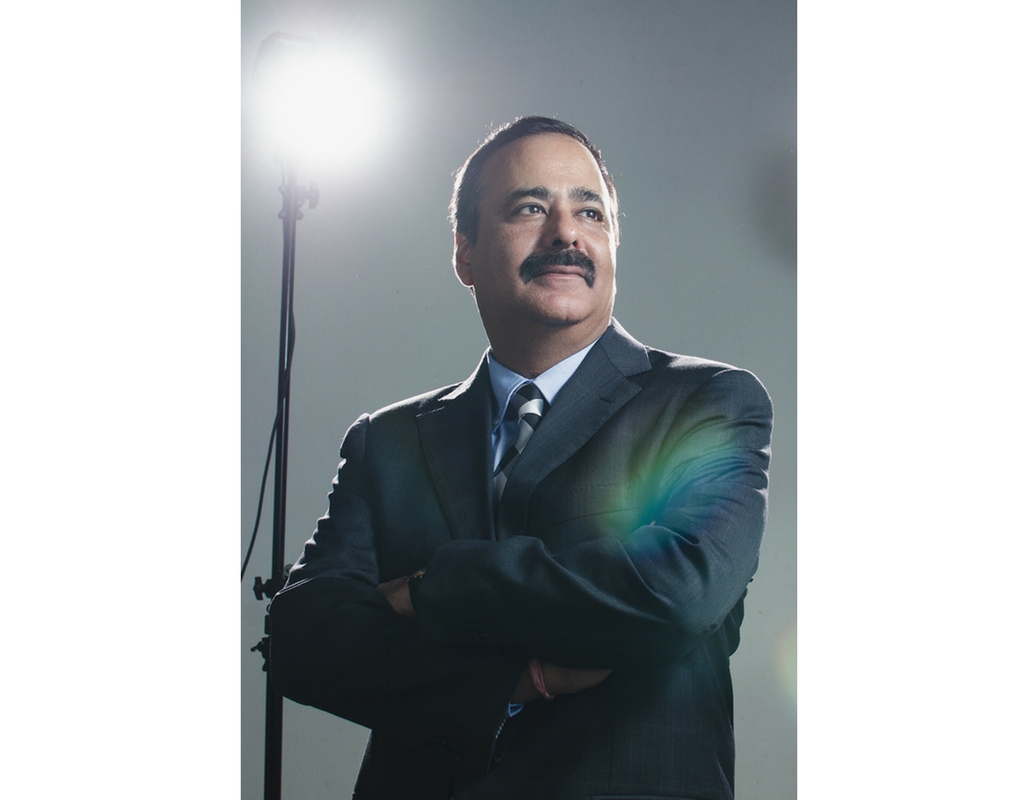
Dr. Michal Tsur
Co-founder, President & General Manager - Enterprise & Learning, Kaltura
The smartphone revolution and rise of an increasingly digital-savvy audience has driven the exponential growth of video in recent years, a phenomenon that will be further catalyzed by several trends we expect will continue through 2018.
With the YouTube generation growing into today's higher-education students and workforce, video is fast becoming the main medium for communication. It is a vital tool used by organizations for engagement with customers, partners and users, with advanced engagement metrics as a key focus. Mission critical use cases for video are growing across a vast number of industries and use cases such as sales, learning and development, and executive communications among others.
It is increasingly clear that video is a new data type that every organization needs to incorporate, with support for video management and creation capabilities. High-definition cameras integrated within modern mobile devices are driving down video production costs and pushing video into the mainstream. Along with the advent of advanced personal capture tools that simplify video creation and editing, these trends are expected to further encourage adoption of video across many sectors.
Moving ahead, the continued growth of video is likely to be led by Big Video. A growing number of use cases across industries is generating large volumes of video, which necessitate the development of advanced metadata extraction tools. Businesses need to be equipped to handle high volumes of video, be able to analyse the information, and draw usable insights from it.

- THE DIGITAL REVOLUTION
- MOBILE AD SPEND
- USING AI ALGORITHMS
- BRANDS AND FAKE NEWS
- 100-YEAR-OLD START UP
- WORLD OF ADVERTISING
- THE FATE OF PRINT
- CHALLENGES OF DIGITIZATION
- SMART COMMUNICATION
- E-COMMERCE
World Of Advertising
Javier Bonilla
VP Regional Executive Creative Director, Grey Group Pte Ltd
2018 will be another exciting year in the world of advertising and a test for many agencies. The industry is constantly reinventing itself at the speed of light, which can be both exciting and daunting as it brings with it more competition and fragmentation.
With the consumer behavior evolving at the bat of an eye, the need for brands to drive relevance is being amplified. While we have access to more media choices than before to reach and connect with our consumers, identifying the appropriate channels that allow us to perfectly sit within the interstices of this social behavior would be key to cutting the clutter.
In such an environment creativity flourishes. It also pushes us all to deliver famously effective work in absolutely everything we do, big or small. And at Grey, we love that.
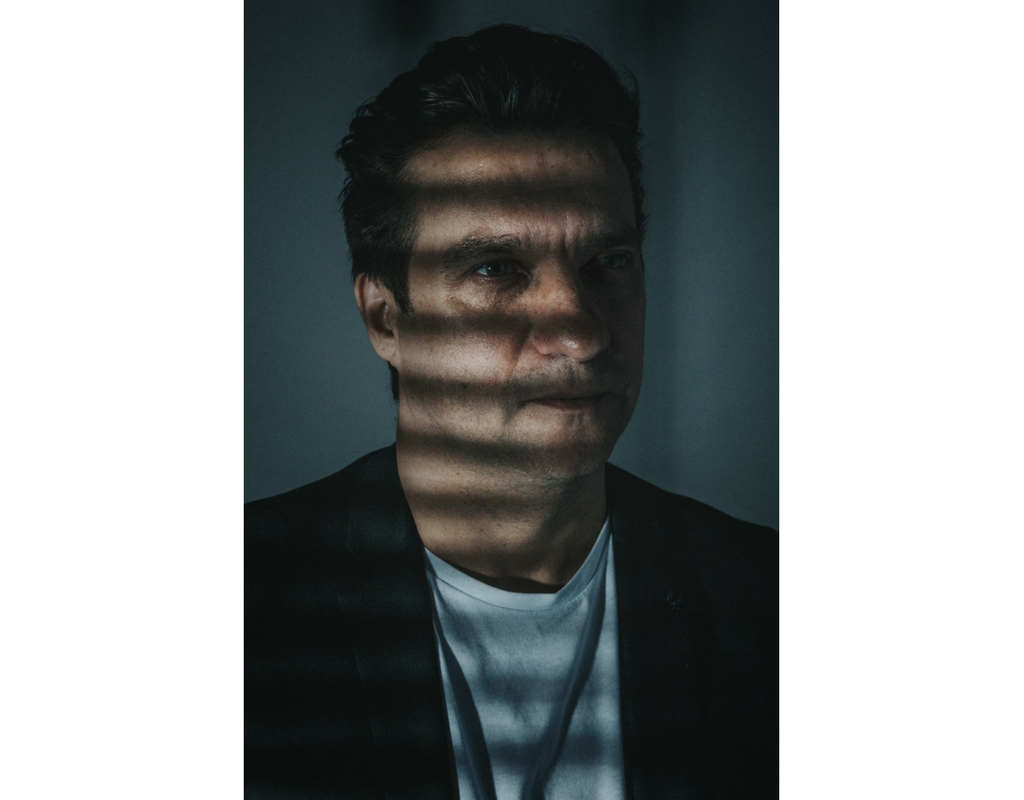
- THE DIGITAL REVOLUTION
- MOBILE AD SPEND
- USING AI ALGORITHMS
- BRANDS AND FAKE NEWS
- 100-YEAR-OLD START UP
- WORLD OF ADVERTISING
- THE FATE OF PRINT
- CHALLENGES OF DIGITIZATION
- SMART COMMUNICATION
- E-COMMERCE
The Fate Of Print
Yu Poh Leng
Senior Vice President, General Manager
Ruder Finn Asia
Technology, technology and technology. Technological developments have ushered a change in the way news is consumed. In recent years, decreasing print ad sales, loss of classified advertisements, and falling print papers readership are some of the telltale signs on the horizon for the media industry.
In 2018, newspaper readership will continue to tumble unless media houses explore new ways to engage their readers. Faced with a proliferation of alternative online media – be it aggregator or producer of news, readers now are spoiled for choice.
Online readers will continue to grow. Unless media houses are ready to grapple with the whirlpool of change, and equip themselves to make that switch, flipping a printed set of newspapers may be a thing of the past in time to come. Print newspapers will soon be dwindling and rare commodities.

- THE DIGITAL REVOLUTION
- MOBILE AD SPEND
- USING AI ALGORITHMS
- BRANDS AND FAKE NEWS
- 100-YEAR-OLD START UP
- WORLD OF ADVERTISING
- THE FATE OF PRINT
- CHALLENGES OF DIGITIZATION
- SMART COMMUNICATION
- E-COMMERCE
Challenges Of Digitization
Jan Weiser
Partner, Simon-Kucher & Partners
I am bullish for most industries in 2018. Many indicators such as financial KPIs, spending behavior, attitudes, and sentiments among MNCs and many smaller and mid-sized businesses are positive. My industry forecast for 2018 is growth of around 4 percent, maybe even 5 percent.
Winners of the next growth phase will be companies that embrace the challenges of digitalization, and develop superior practices in the areas of strategy, marketing and sales.
Many companies talk about digitalization but then develop the wrong solutions; fewer than 20 percent have succeeded thus far, and this will remain in 2018.
Positive examples can be found in various industries such as insurance, professional services, and consumer goods—industries where business leaders have truly considered the needs of the customer, i.e. how they discover and evaluate a product or service, how they want to use it, and how much they value and are willing to pay for it.
Other challenges companies will be facing in 2018 are continued increase in price pressure, lack of skilled labor, and cybersecurity.
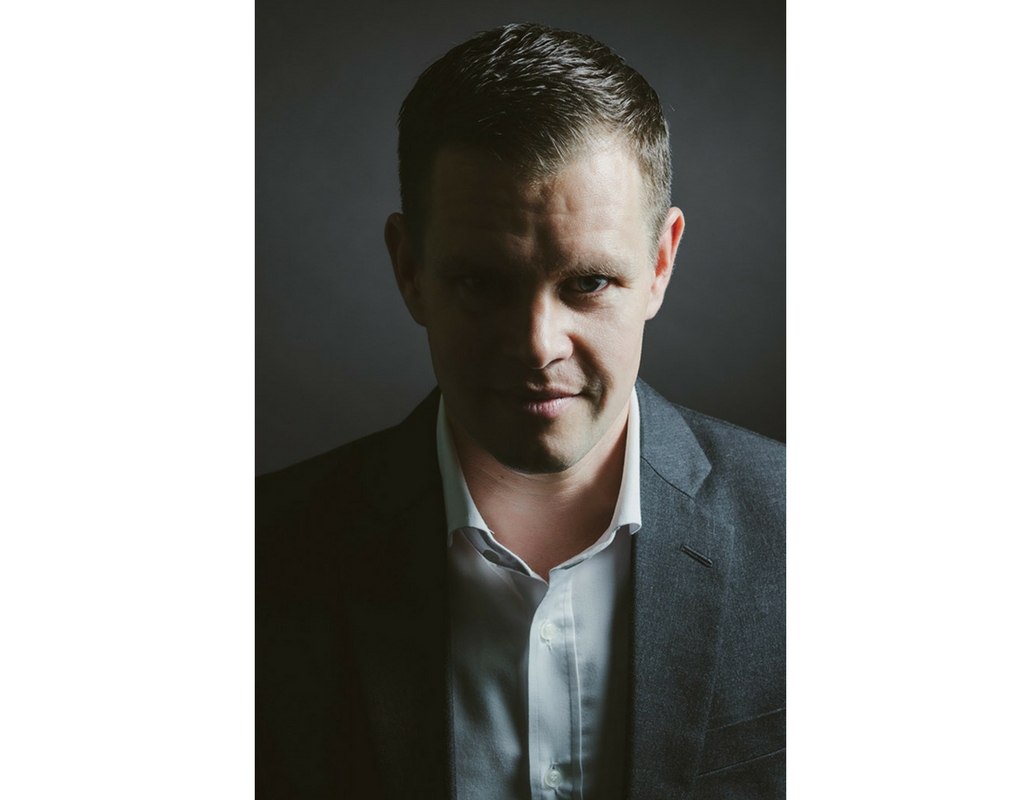
- THE DIGITAL REVOLUTION
- MOBILE AD SPEND
- USING AI ALGORITHMS
- BRANDS AND FAKE NEWS
- 100-YEAR-OLD START UP
- WORLD OF ADVERTISING
- THE FATE OF PRINT
- CHALLENGES OF DIGITIZATION
- SMART COMMUNICATION
- E-COMMERCE
Smart Communication
Lynda Williams
Founder & Managing Director , VIM & VIGOUR PR
PR agencies will have to continue offering and expanding on a more integrated solution and approach, including not only traditional PR, but social media, influencer engagement, and brand partnership events. Gone are the days where a few print articles will suffice to reach target audiences. Communications will have to be through a smart and strategic mix of digital, print, social media and face-to-face engagement.
The rise of fine casual dining in the hospitality industry will continue to be embraced throughout 2018. Consumers want fine, exceptional food in a casual, relaxed and vibrant setting. Service needs to be exceptional to provide a competitive guest experience in Singapore, which is what will set apart the great from the good. Travel experiences will continue to be more adventurous and further afield. Transport and flight options are continually upgrading and opening up faster routes to once remote destinations.

- THE DIGITAL REVOLUTION
- MOBILE AD SPEND
- USING AI ALGORITHMS
- BRANDS AND FAKE NEWS
- 100-YEAR-OLD START UP
- WORLD OF ADVERTISING
- THE FATE OF PRINT
- CHALLENGES OF DIGITIZATION
- SMART COMMUNICATION
- E-COMMERCE
E-Commerce
Ankiti Bose
CEO & Co-Founder, Zilingo
Southeast Asia is home to some 600 million consumers, many of whom are tech and social media- savvy, making it the world’s fastest growing Internet market. Southeast Asia’s middle class is estimated to hit 400 million by 2020, according to a 2015 Nielsen Study. As more consumers shop online, more companies see the shift and realize the importance of an online presence.
With the saturation of online shops, technology and innovation will be the differentiators, as they boost efficiency and productivity, as well as increase the quality of user experience and ease of purchase.
Data collected also allows companies to have a better understanding of consumer trends, behavior, and customer journey. E-commerce companies that can collect the best quality of data, and make the best use of it to better the company bottom line will come out on top after any period of consolidation.
E-commerce is also turning more towards using video and moving catalogues to engage customers and deliver an experience closely matching the offline experience. We're focusing on our shoppable videos and video magazine, The Clozet since we see higher engagement and transactions with video.
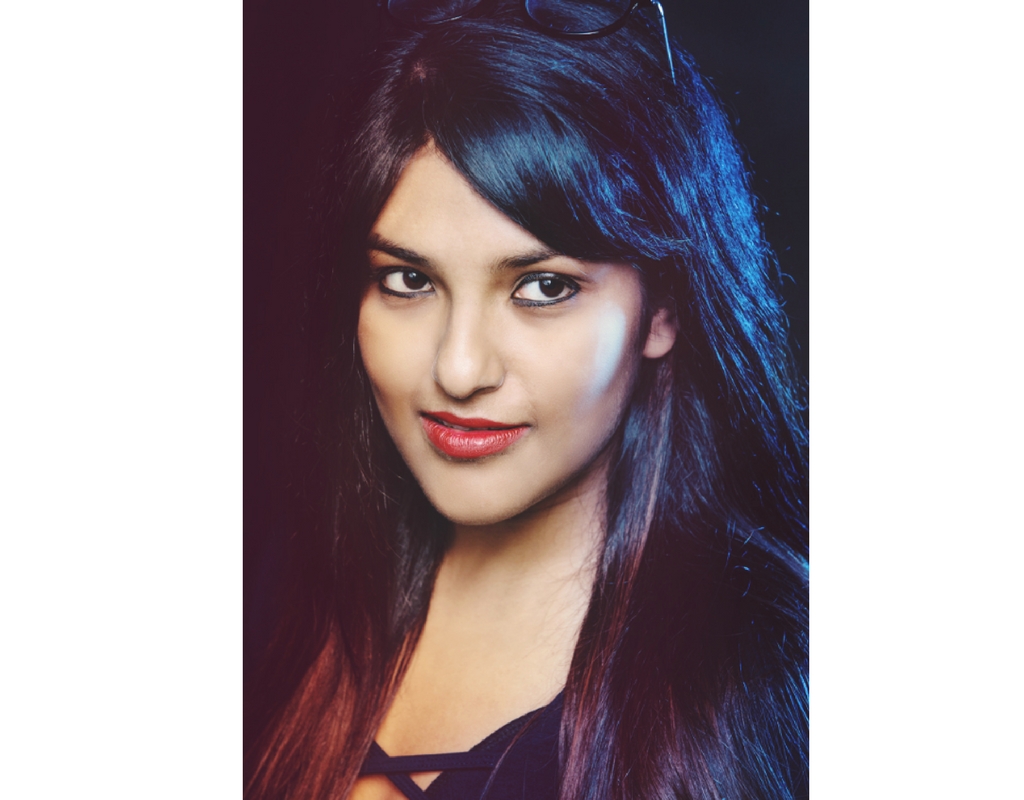










 Back
Back
